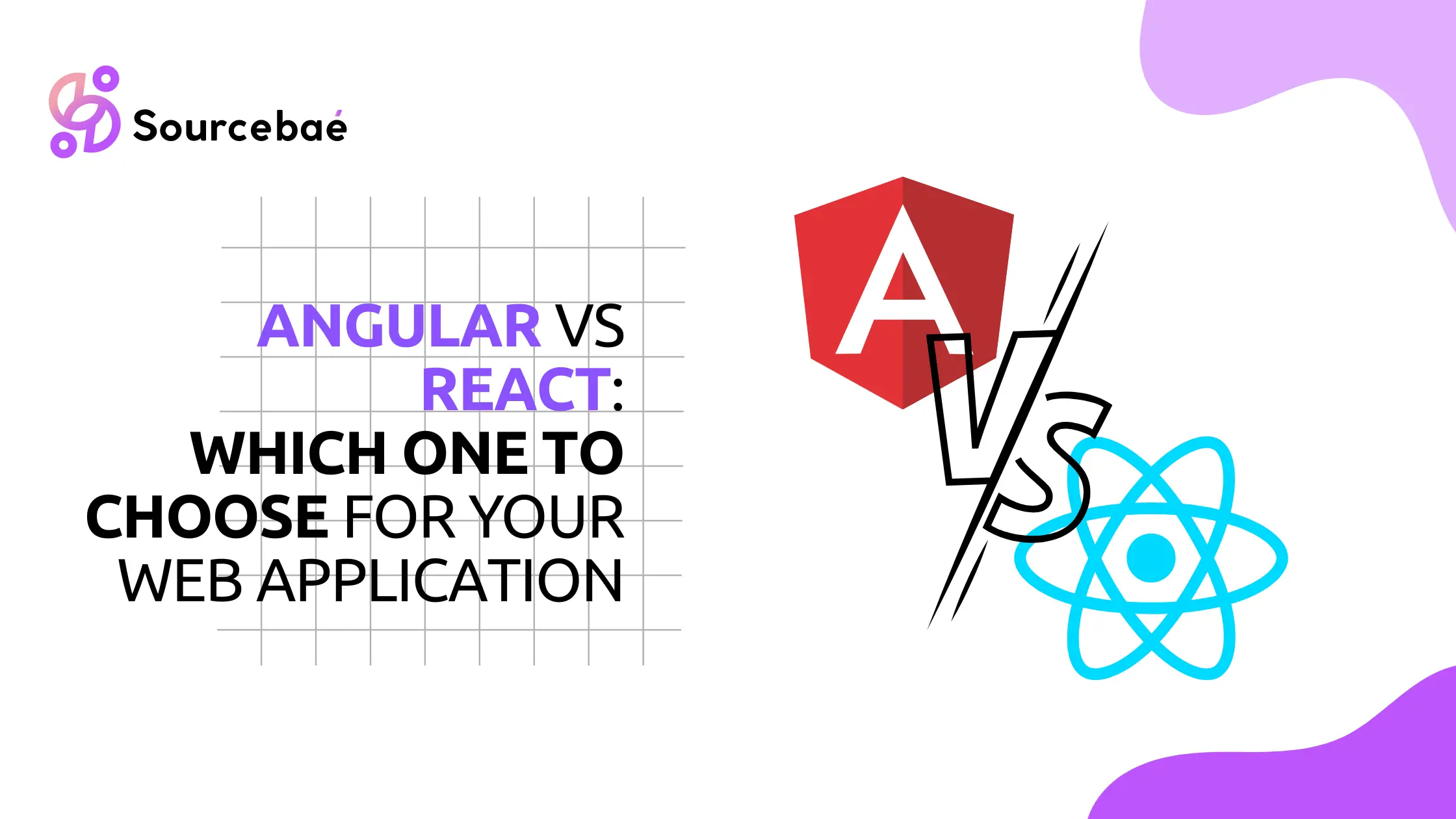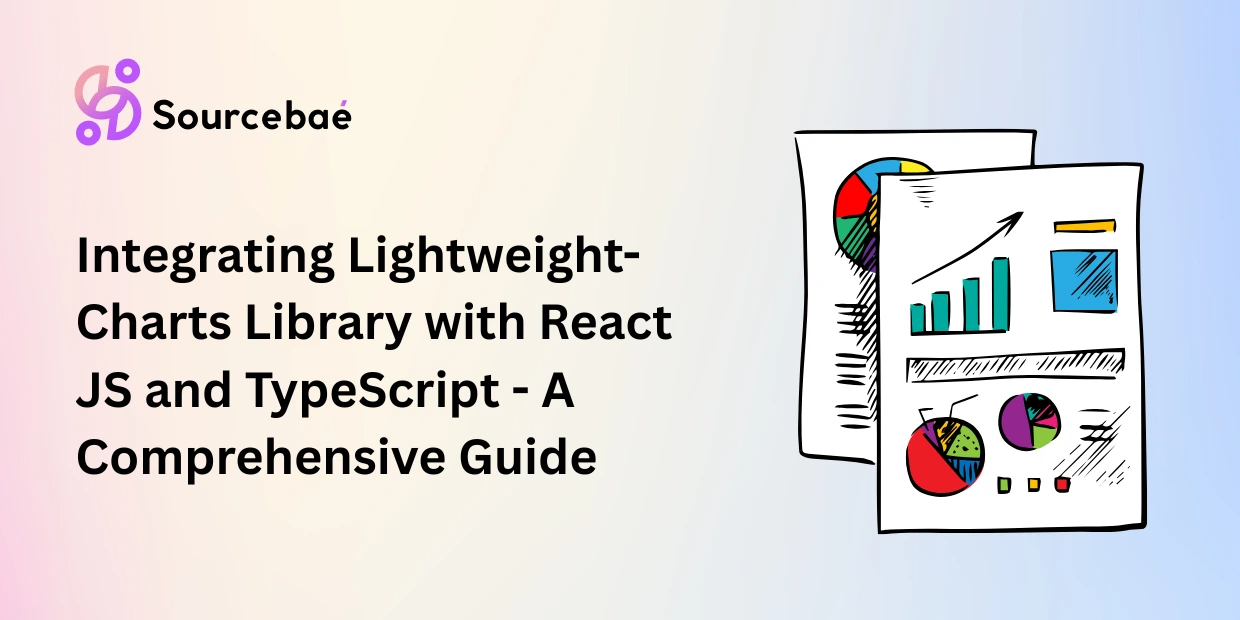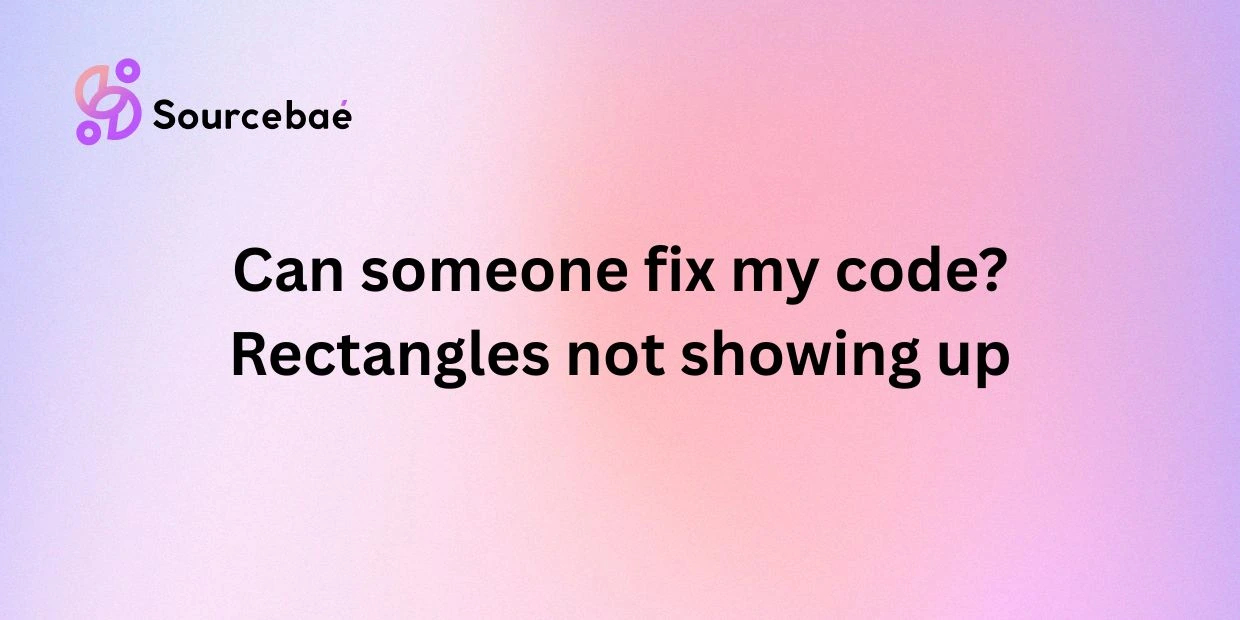Web development has seen a significant rise in popularity in recent years. The use of frameworks and libraries has made web development more efficient and effective. Two of the most popular front-end frameworks used by web developers are Angular and React. Both of them have gained immense popularity over the years and have a large and active community.
While Angular and React are both front-end frameworks, they have different approaches and features. In this article, we will compare Angular and React and help you decide which one is better suited for your web application.
What is Angular?
Angular is a TypeScript-based front-end framework that is used for building complex and large-scale web applications. It was created by Google and is widely used by developers around the world. Angular uses a component-based architecture and follows the MVC (Model-View-Controller) pattern.
Angular has a steep learning curve and requires a good understanding of TypeScript and web development concepts. However, it provides a complete solution for building complex applications and has a comprehensive set of tools and features.
What is React?
React is a JavaScript library that is used for building user interfaces. It was created by Facebook and has a large and active community. React uses a component-based approach and is focused on the view layer of an application.
React is relatively easy to learn and has a shallow learning curve. It is also highly flexible and can be integrated into existing applications. React provides a simple and lightweight solution for building user interfaces.
Angular vs React
Now that we have a basic understanding of Angular and React, let’s compare them based on various factors.
1. Performance
Both Angular and React are highly performant frameworks. Angular uses a two-way binding approach, which can slow down performance in large-scale applications. React, on the other hand, uses a one-way binding approach, which improves performance in complex applications.
2. Scalability
Angular is better suited for building large-scale and complex applications. It provides a comprehensive set of tools and features that make it easier to manage large applications. React, on the other hand, is better suited for small to medium-sized applications.
3. Learning Curve
Angular has a steep learning curve and requires a good understanding of TypeScript and web development concepts. React, on the other hand, has a shallow learning curve and is relatively easy to learn.
4. Flexibility
React is highly flexible and can be integrated into existing applications. It can also be used with other libraries and frameworks. Angular, on the other hand, provides a complete solution for building complex applications and is less flexible.
5. Community
Both Angular and React have large and active communities. However, React has a larger and more diverse community, which makes it easier to find solutions to common problems.
Conclusion
Choosing between Angular and React depends on various factors, such as the size and complexity of your application, your development skills, and your development team’s preferences. If you are building a large-scale and complex application, then Angular might be the better choice. However, if you are building a small to medium-sized application or need a lightweight solution, then React is the better choice.
In conclusion, both Angular and React are excellent frameworks, and the choice between them depends on your specific requirements. It’s important to evaluate your needs and choose the framework that best suits your application.
Ready to dive into web development? Whether you’re aiming for a large-scale application or a lightweight solution, choosing between Angular and React is crucial. Evaluate your needs, consider factors like performance, scalability, learning curve, flexibility, and community support, and make an informed decision. Start building your dream web application today!






